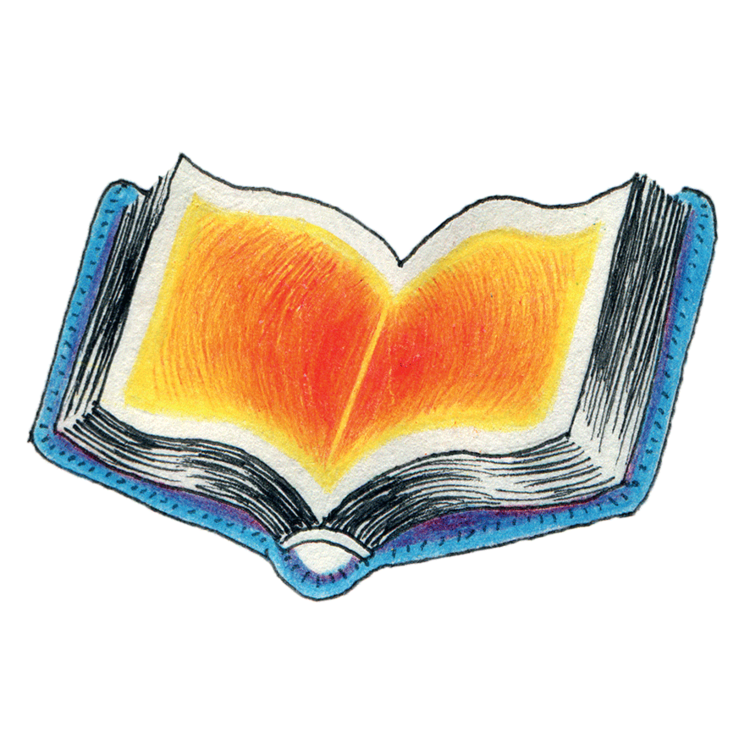Egon Schiele | Nude on her stomach, 1917
The cultural landscape of Vienna is indelibly marked by the work of Egon Schiele, and the superb collection of his paintings at the Leopold Museum remains a fixture on any cultural tour of the city. His prodigious artistic output includes more than 330 paintings and over 2500 drawings, a body of work all more astounding for the fact that he passed away at the tender age of 28, as one of the many lives claimed by the Spanish flu pandemic that swept across Europe in 1918.
The Albertina has put together a showing of his works on paper, drawing extensively from their own collection for this rare occasion. And the resulting exhibition is a revelation, even for admirers familiar with his better-known painted works. Schiele’s paintings – striking as they are with their angular depictions of the human figure and alternatingly bright and muddy palettes – tend to obscure the fact that he was the consummate draughtsman of the 20th century.
The reduced nature of a drawing – as compared with a painting – allows the viewer to both visually and mentally grasp the picture in its totality, and to see through the eyes of the artist (insofar as that is possible). As a result, there is an immediacy to the drawn image, one that brings it closer to the moment as it was lived and felt. In the succinct words of John Berger, drawing is “a burrowing under the apparent”.
And it is in Schiele’s drawings that the full scope of his artistic prowess is made manifest. With their sparse, deftly assured lines, vividly contrived contortions of the human form, and decisive deployments of colour, the subjects of his drawings emanate life; this exhibition is a rare chance to witness first-hand the magnificence Schiele was able conjure with a humble pencil.
A version of this article was published in the April 2017 edition of METROPOLE
